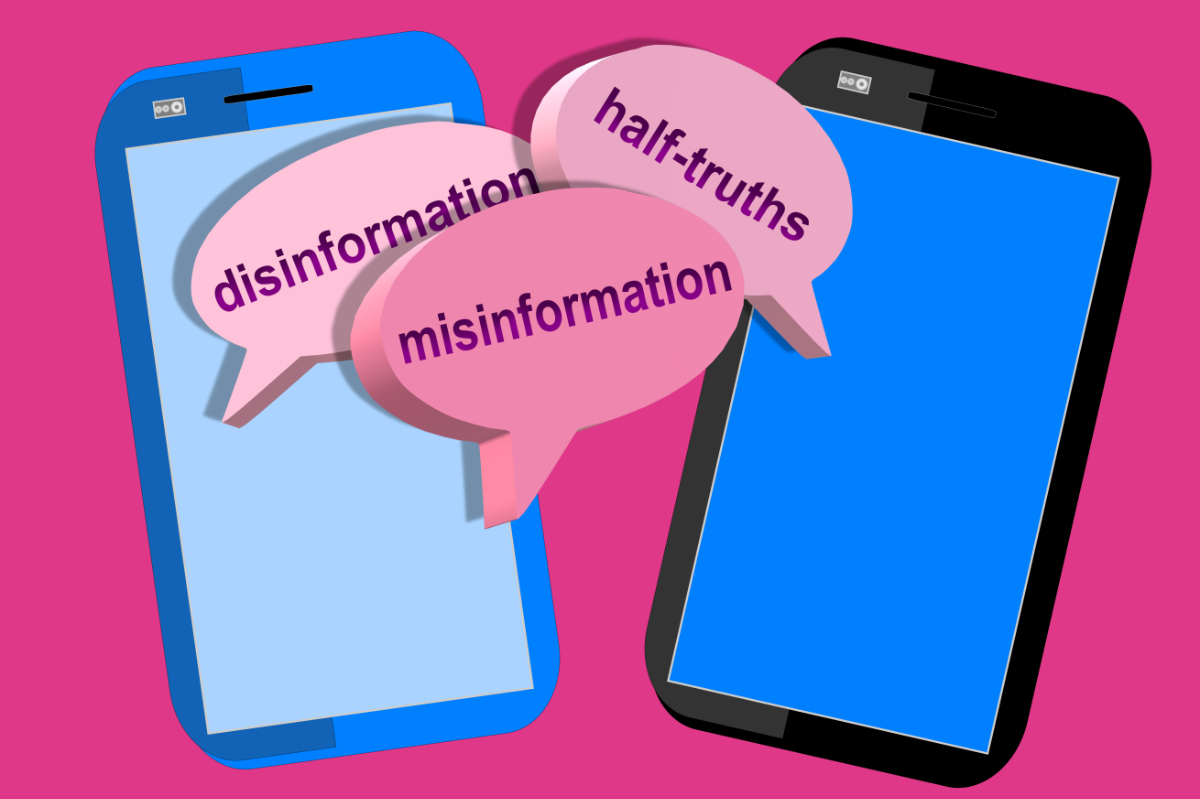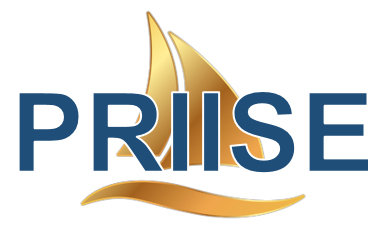
By Derek T. Dangerfield II, PhD
This week in my Advanced Health Communication class, I am teaching about the role of misinformation on health behavior and outcomes and I am reminded of my work in sexual health promotion for Black sexual minority men (SMM).
Misinformation refers to wrong or misleading information, mostly with unintentional harm done. Misinformation influences individual behaviors and can also virally impact community health given the proliferation of social media. It can interrupt our intervention effects and exacerbate the health disparities we already observe. I have personally conducted more than 30 focus groups, 100 in-depth interviews, and over 400 hours of ethnographic work in clinical and community-based settings. This exposure to beliefs, understanding, and perceptions of susceptibility has expanded my understanding of how misinformation impacts the lives of Black gay men, for whom sexual health disparities have persisted for decades.
Misinformation regarding sexual health information among Black SMM is fostered by a combination of historical mistreatment of Black Americans in society coupled with their daily experiences of discrimination and stigma. Histories of mistreatment, discrimination, stigma, and violence has prevented Black SMM from receiving, understanding, and believing accurate health information that could help keep them healthy. Consequently, some appraise their health risks relative to others or rely upon their social networks to learn about health.
For example, some Black gay men think that PrEP is only relevant for “risky” individuals, which could be partly due to clinical guidelines that target individuals who report histories of condomless sex, stimulant drug use, or concurrent partners within specific time frames. Some also evaluate their HIV risk relative to their past behaviors that they suggest indicate “higher risks” than they may currently have. However, modeling data from 2017 suggested that 1 in 2 Black SMM are estimated to acquire HIV in their lifetime, despite several studies showing that Black gay men engage in lower HIV risk behaviors than others. Therefore, a focus on dismantling misinformation is crucial to improving the health for Black SMM.
Since peers and technology are important sources of information, I led an intervention called POSSIBLE to increase perceived HIV risks among Black SMM using a peer change agent and a mobile smartphone App. Briefly, POSSIBLE involved two sessions with a peer change agent who used a motivational interview-based script to identify participants’ goals and values, discuss sexual behaviors, and identifies HIV and PrEP misinformation. The PrEP-using peer intentionally targeted opportunities to dispels misinformation as a professional AND as a patient to for those who were ambivalent towards PrEP. The key focus here, are the scripts that identify sources of misinformation and the language that circumvents misinformation between the participants and the peer that subsequently encourages individuals to accept a PrEP referral.
To continue addressing misinformation, key questions remain: What ideal aspects of “peerness” are most effective to discuss health information for Black SMM? How can we build trust and enhance community buy-in of prevention recommendations? What are the words being used in effective health communication and can we replicate the scripts in subsequent interventions? As I think about the relationships between the researcher, the researched, and public health goals, it is important that we teach and engage students in the role of cultural perspectives in delivering effective health communication.
